Visiting an art gallery is perfect for a solo traveller in London.
The London Tate Galleries – Tate Modern and Tate Britain – are deservedly popular with visitors. But if you are in London for a short city break, should you visit Tate Modern or Tate Britain?
If time permits, you could visit both, but many people aren’t in that happy position. To help you decide which of these world-class art galleries to visit, here’s what to expect from them and how to make the right choice for you

Which London Tate Gallery Should You Choose?
In my view, neither London Tate Gallery is better than the other. If time is short, you should choose the one that best suits your taste in art and your itinerary.
I prefer the exhibits in Tate Britain but love Tate Modern’s views and ambience. Also, consider if there are special exhibitions that may sway your decision one way or another.
Why you should pick Tate Modern
Why you should pick Tate Britain
However, as there is a limited number of works of modern art in Tate Britain, you can argue that by visiting Tate Britain you get the best of both artistic worlds.
Tate Modern vs Tate Britain: What to Consider
Tate Modern and Tate Britain are free to visit
As entry to the permanent exhibitions in both art galleries is free, the cost is not a deciding factor if you are travelling on a budget. Although there is a charge for the special exhibitions, there is more than enough in the two London Tate Galleries’ permanent collections to keep you occupied.
Both art galleries are easily accessible by public transport
The closest station to Tate Modern is Blackfriars, which is practically next door. Alternatively, St Paul’s, London Bridge and Southwark London Underground (Tube) stations are within a 15-minute walk.
I recommend strolling across the Millennium Bridge from St Paul’s Station or the slightly longer walk along the South Bank from Waterloo.
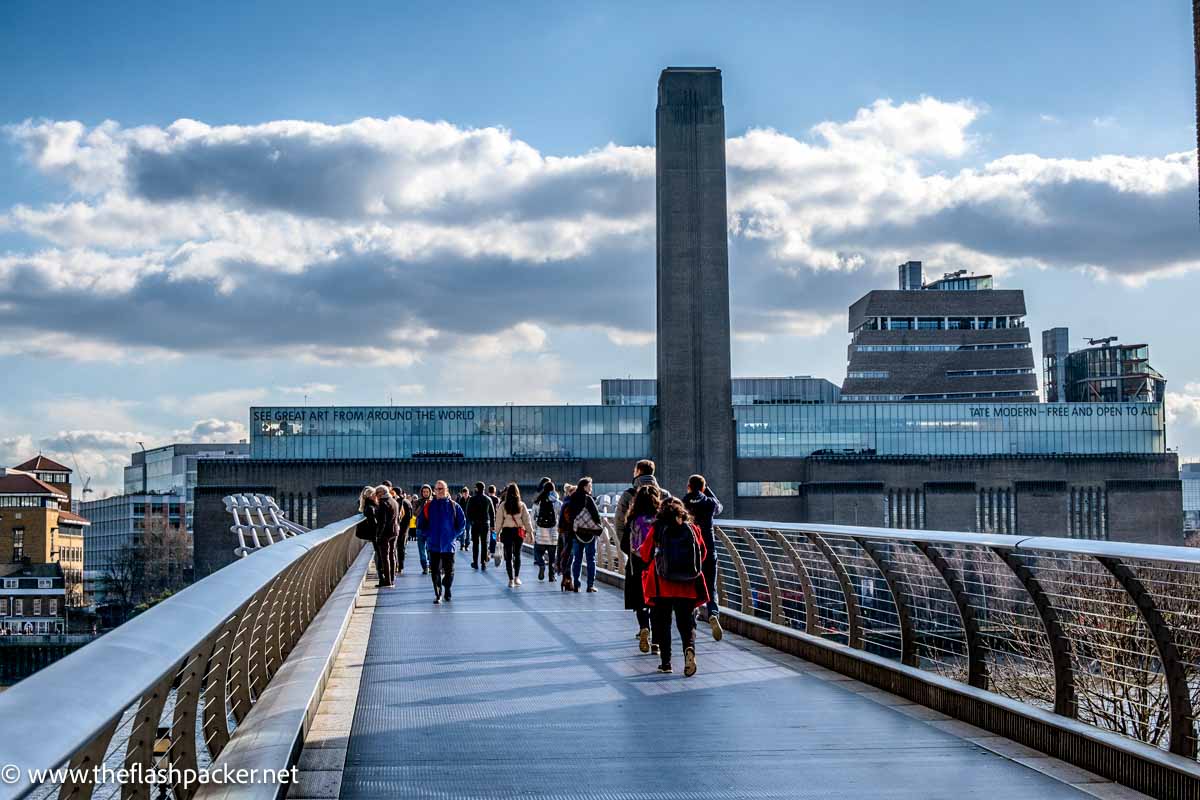
Tate Britain is a 10-minute walk from Pimlico Tube station.
Both galleries are accessible by riverboat. More about that later.
Tate Modern showcases international modern and contemporary art.
Its modern art collection includes works by Dalí, Matisse, Warhol, Picasso and Rothko. Contemporary artists include Dorothy Cross, Gilbert & George and Susan Hiller.
Tate Modern’s focus on the global art scene contributes to its broad appeal to both domestic and overseas visitors. Its collection also can entertain, confuse, and inspire you in equal measure.
The gallery’s exhibits are displayed over many floors, and the collection is broadly organised by theme, allowing you to hone in on the type of art you like.
Tate Britain is home to British art from the 1500s to the present day
Tate Britain is a walk through British art history. Its highlights include sculptures by Henry Moore, romantic paintings of the Pre-Raphaelites, works by LS Lowry and David Hockney and a fine collection of Turners.
In contrast to Tate Modern, Tate Britain’s collection is broadly arranged chronologically.
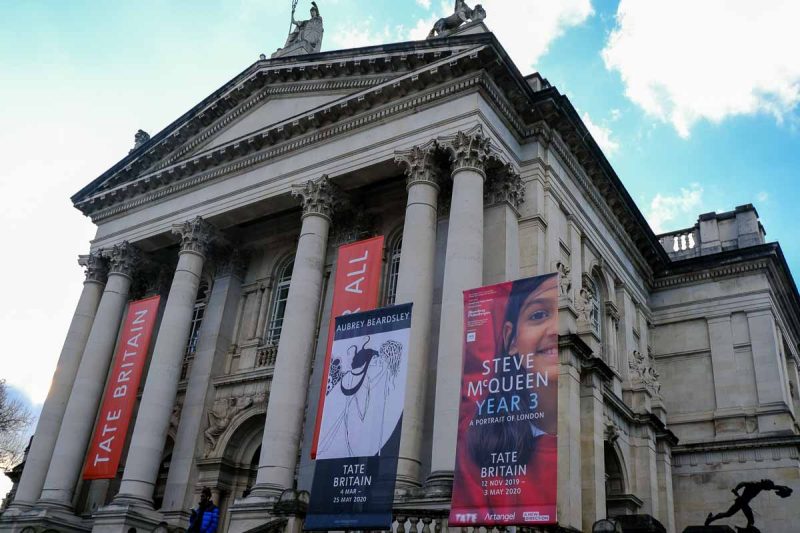
Tate Britain is a traditional building
It’s not just Tate Britain’s art collection that has a traditional flavour; the building itself is an architectural work of art in the very classical sense.
Designed by Sidney R.J. Smith, Tate Britain’s Victorian building, with its grand porticoed facade, will satisfy most classical architecture buffs. Inside, its glorious central dome, sinuous spiral staircase and galleried rotunda give it the appearance of a temple or palace.
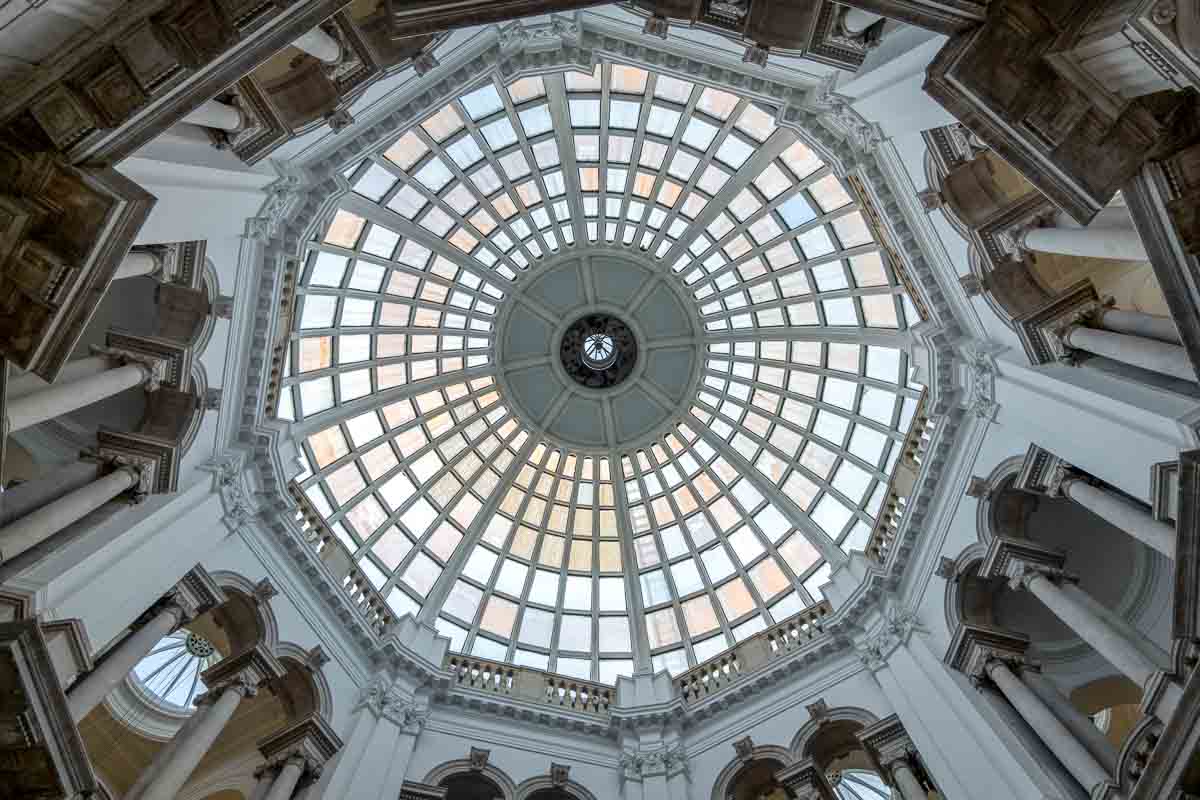
Tate Modern has a very industrial appearance
Sometimes referred to as an architectural cathedral, Tate Modern occupies the husk of the decommissioned Bankside Power station, built between 1947 and 1963.
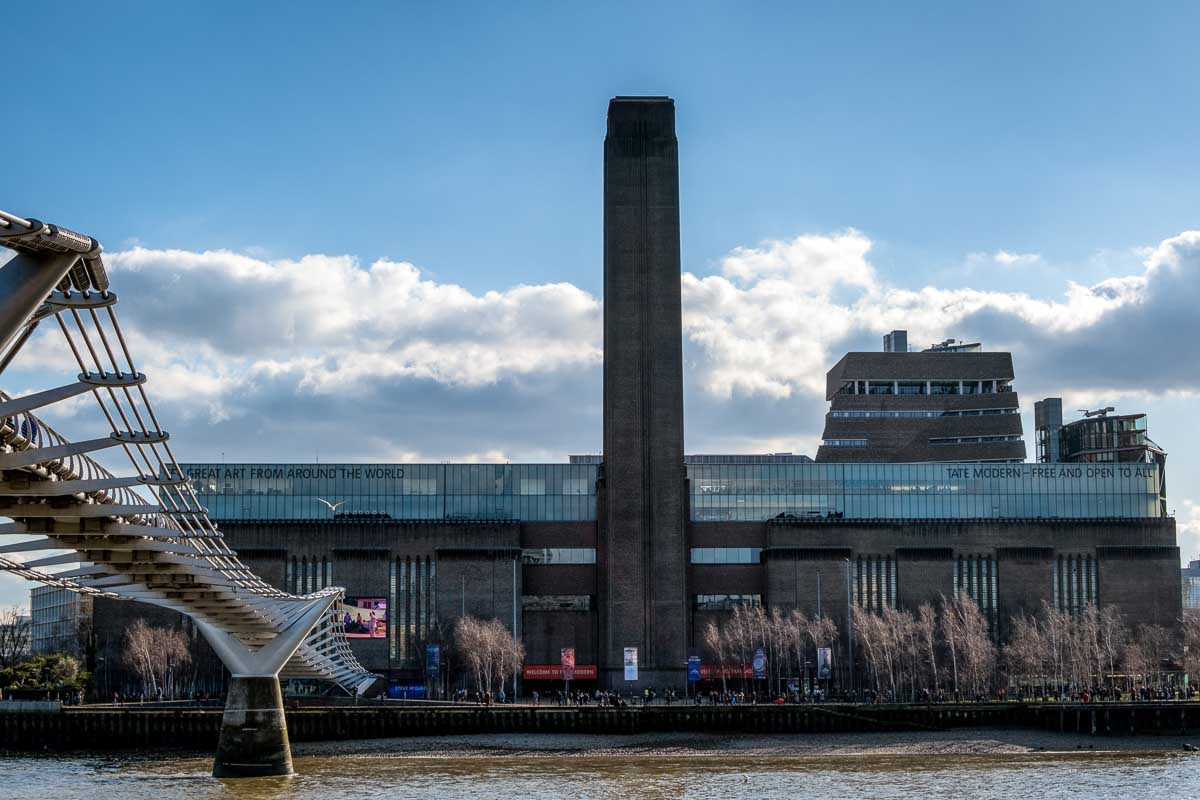
One of London’s most striking landmarks, the gallery is a combination of new and old. Designed by the renowned architect Sir Giles Gilbert Scott, who was also responsible for Battersea Power Station three miles upstream, it is dominated by its single 325-foot chimney.
Its focal point is the five-storey Turbine Hall in the centre of the building. Formally housing the electricity generators of the old power station, this 3,400 square-metre space is home to temporary installations.
Tate Modern offers fabulous views of London
I never get tired of the views of London from Tate Modern.
There’s the classic view of St Paul’s Cathedral across the Millennium Bridge, one of London’s most well-known bridges.
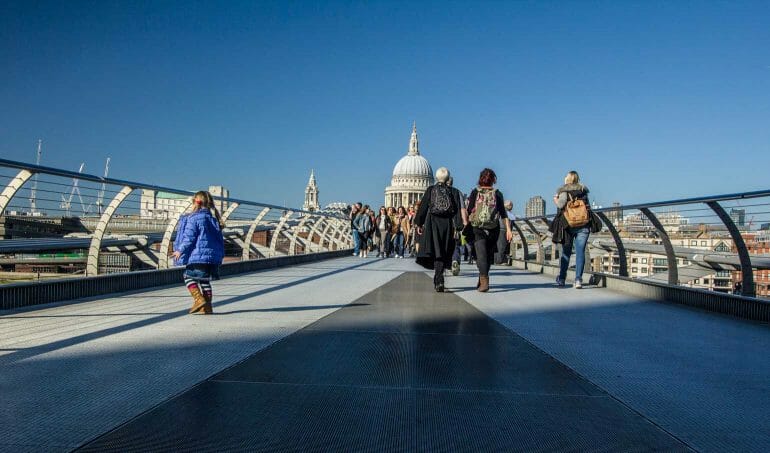
And thanks to an extension project, there is a viewing terrace wrapping around the 10th floor of the new Blavatnik Building. Open to visitors, and for free, this is a great spot for taking Instagrammable panoramic views of London.
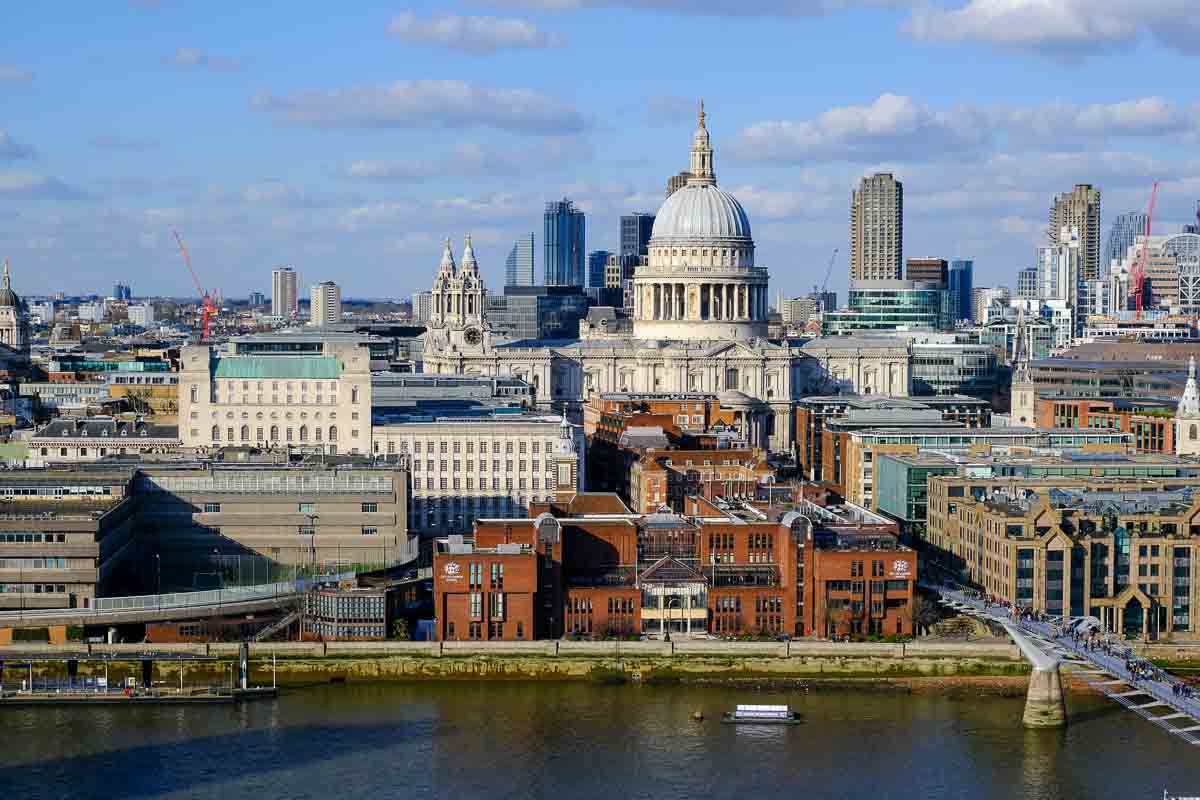
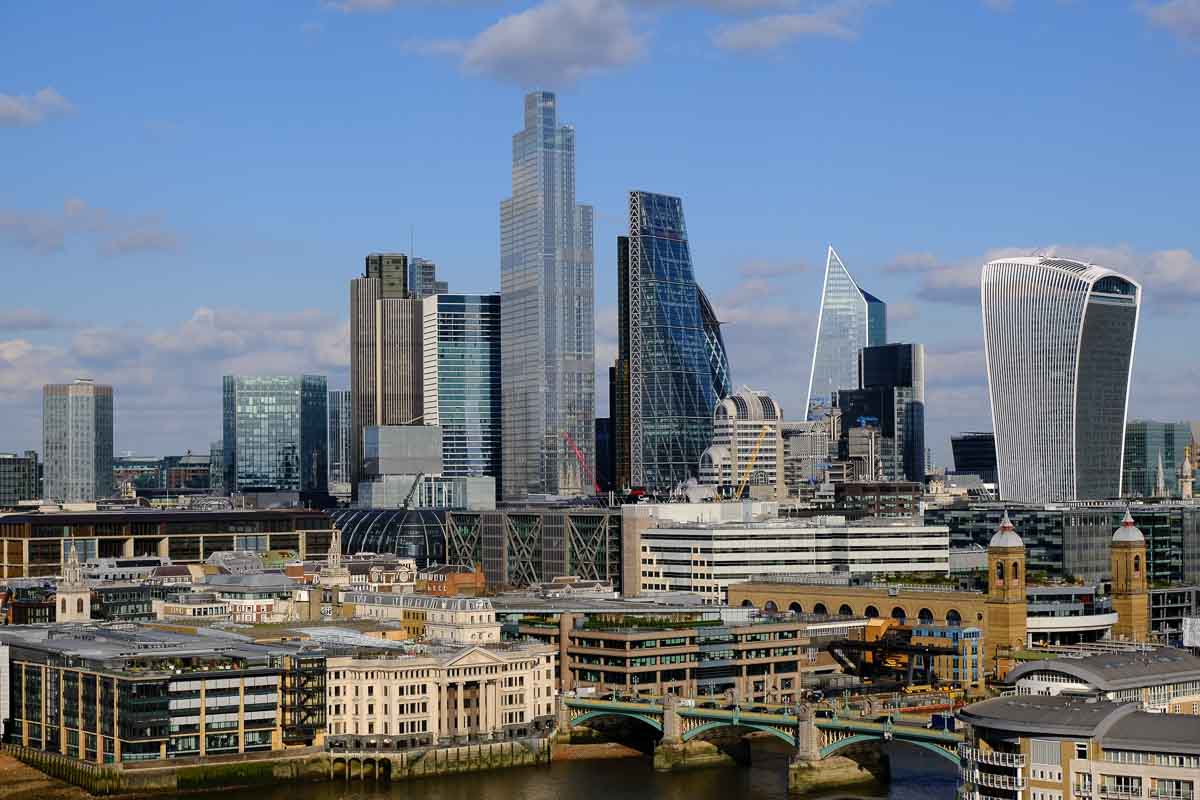
Both galleries have great cafes
It’s gotta be said! But whereas the café at Tate Britain is housed in its basement, the view from the Kitchen and Bar on the 6th floor of Tate Modern takes some beating.
Visit Both Tate Galleries, London in 1 Day: The Tate Boat
If you have time to visit both galleries in a day, take the Tate boat which runs between Tate Modern and Tate Britain every 20 – 30 minutes during their opening hours. The journey time is 20 – 25 minutes.
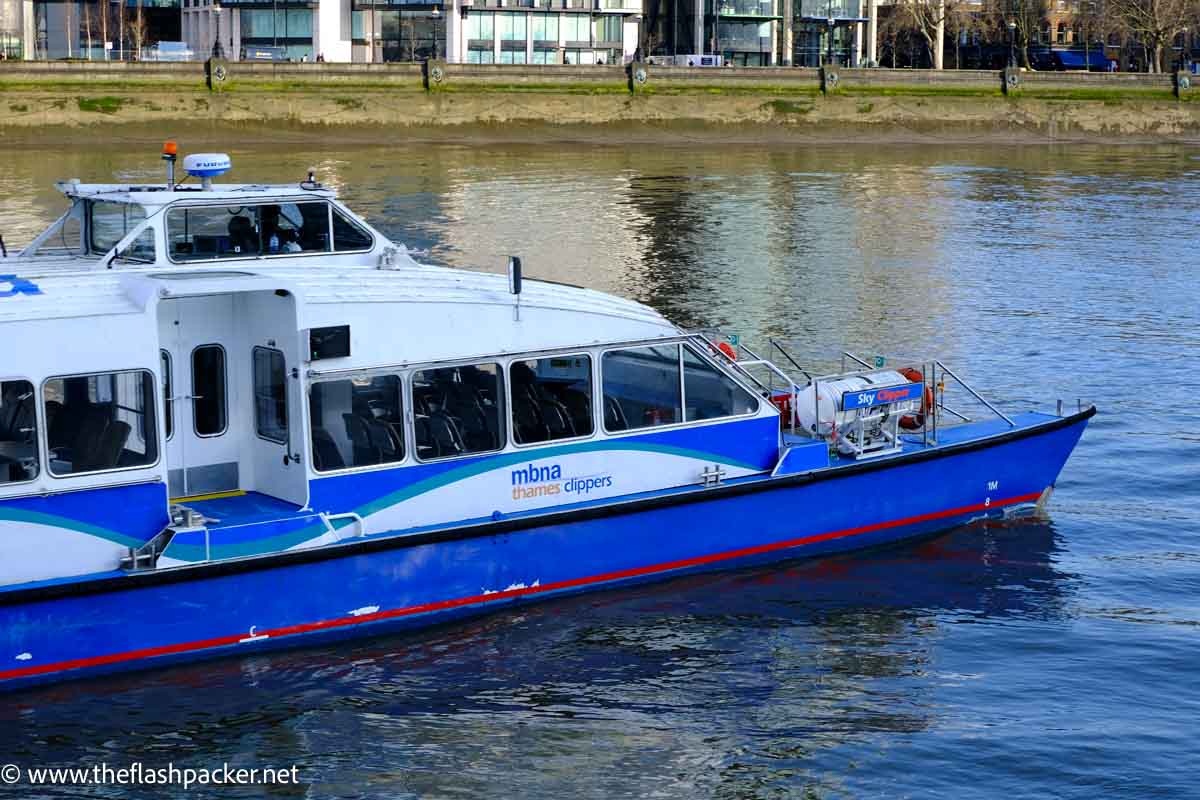
This Thames Clipper service (RB1/RB2) isn’t the cheapest way to travel between the two sites but it sure is the best way to go.
Tate Galleries, London: Final Thoughts
As you can see, choosing between Tate Modern and Tate Britain isn’t easy and they are both so much more than their collections. But whichever London Tate gallery you pick, you cannot go wrong.
London is blessed with a wealth of world-beating galleries and museums and the better-known ones such as the British Museum attract the lion’s share of visitors. However, my hometown also has a fabulous selection of smaller, quirkier museums and galleries which are worth a look if time permits. Here are a few of my favourites:

About Bridget
Bridget Coleman is a Londoner who has been a passionate traveller for more than 30 years. She has visited 70+ countries, most as a solo traveller.
Articles on this site reflect her first-hand experiences.
To get in touch, email her at hello@theflashpacker.net or follow her on social media.
